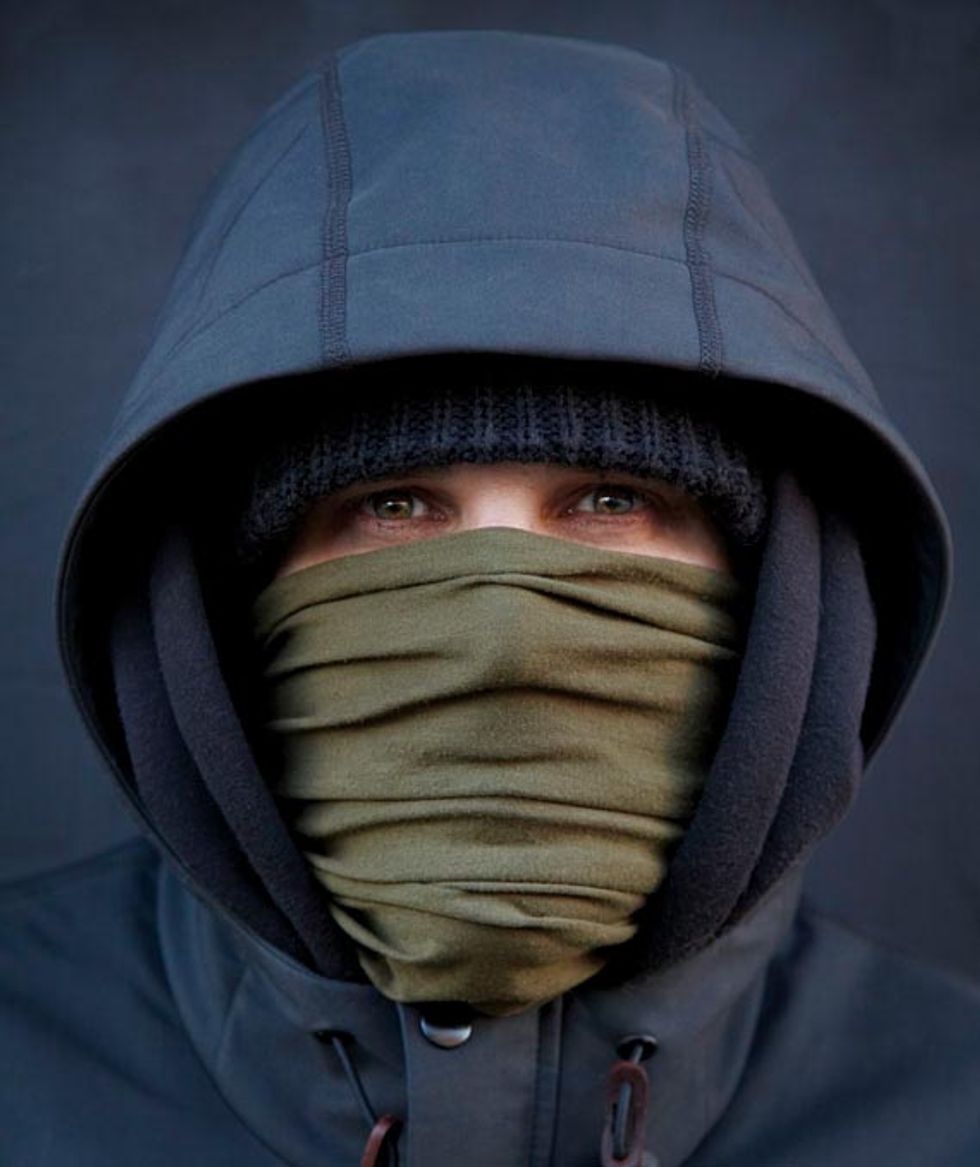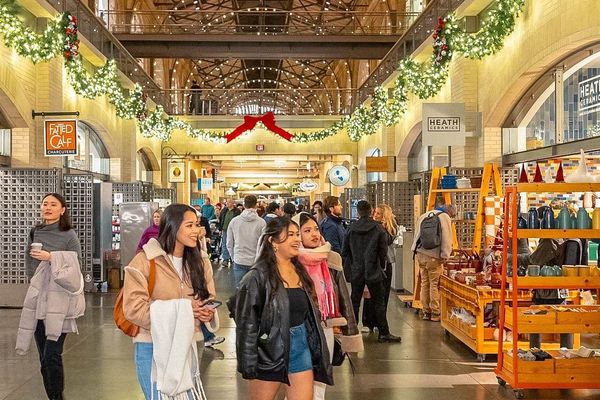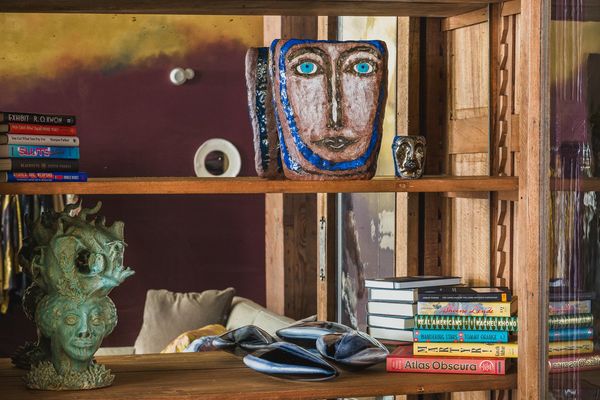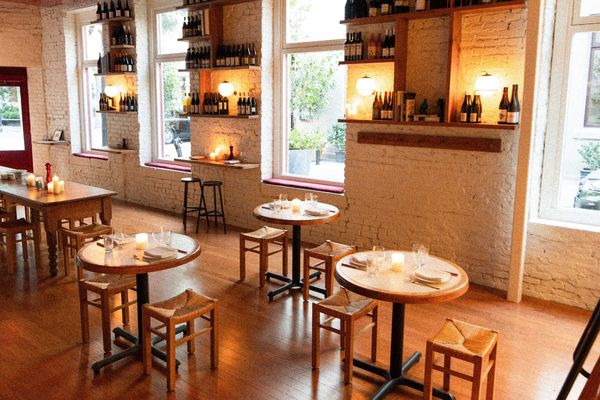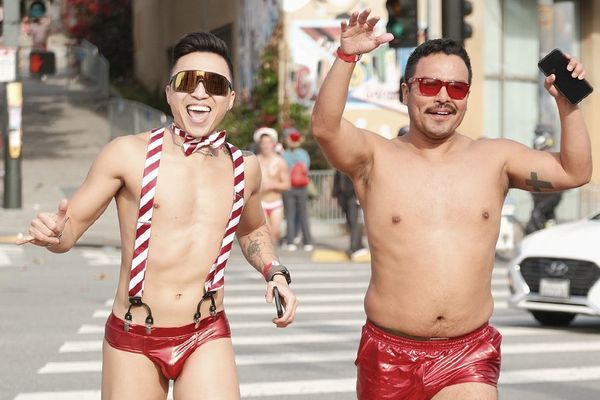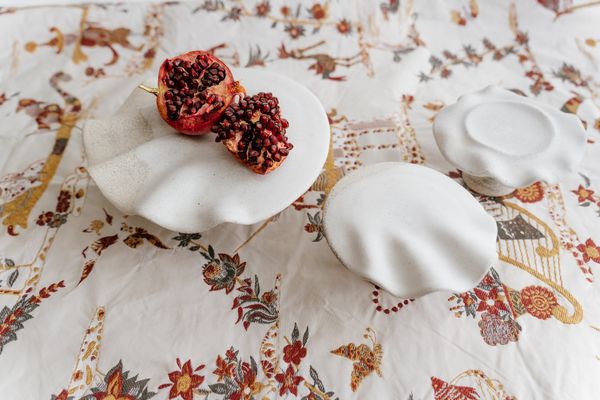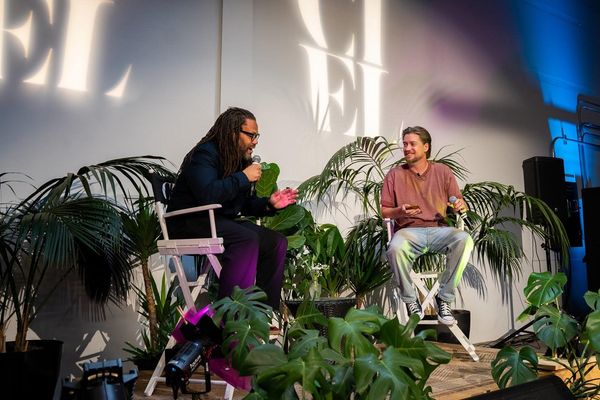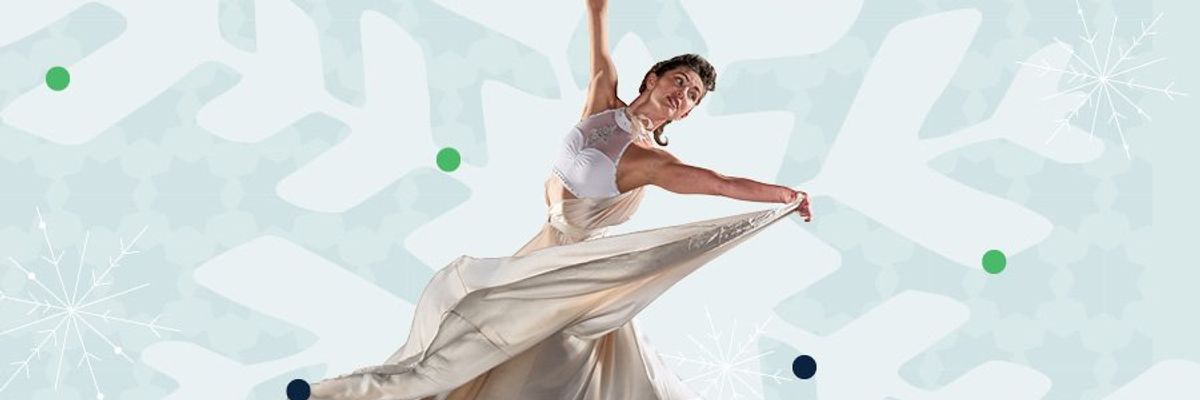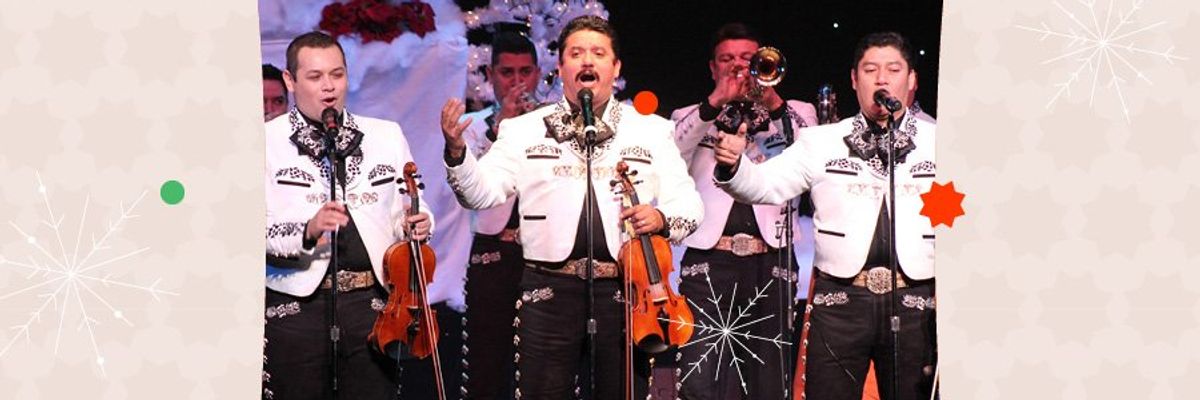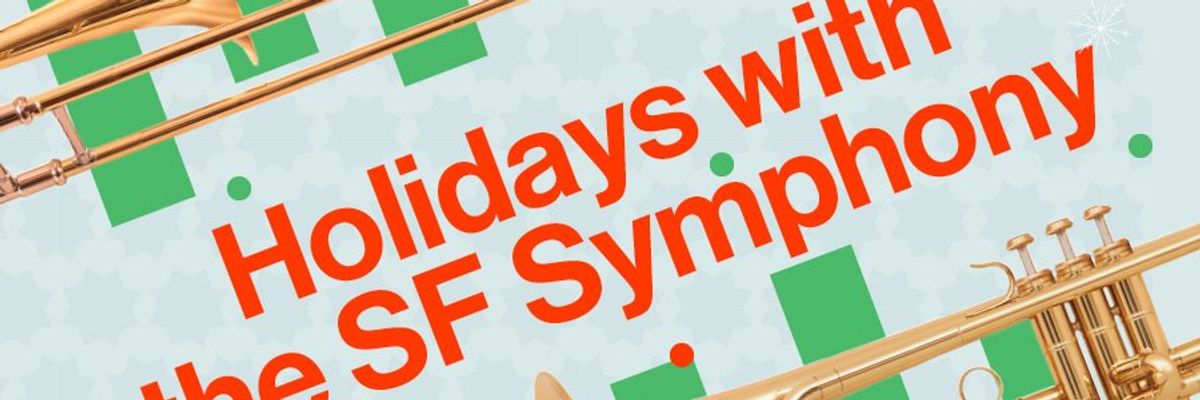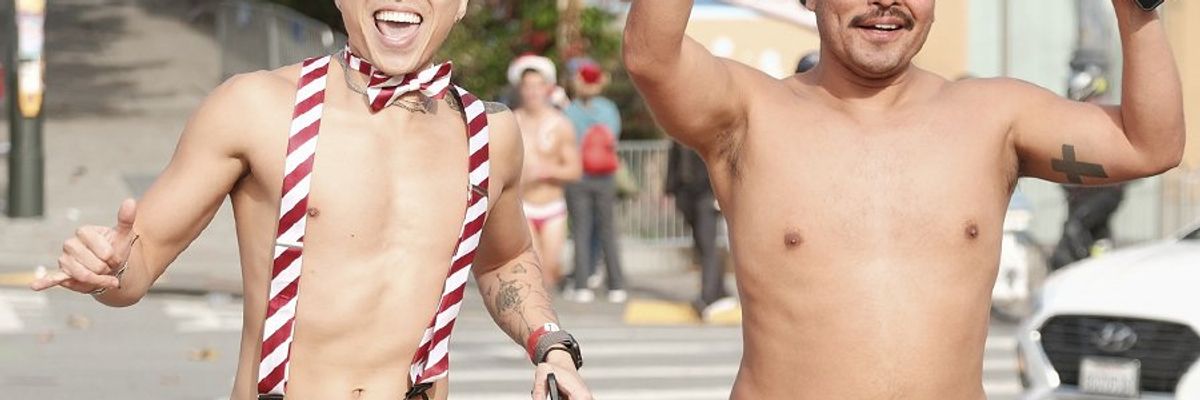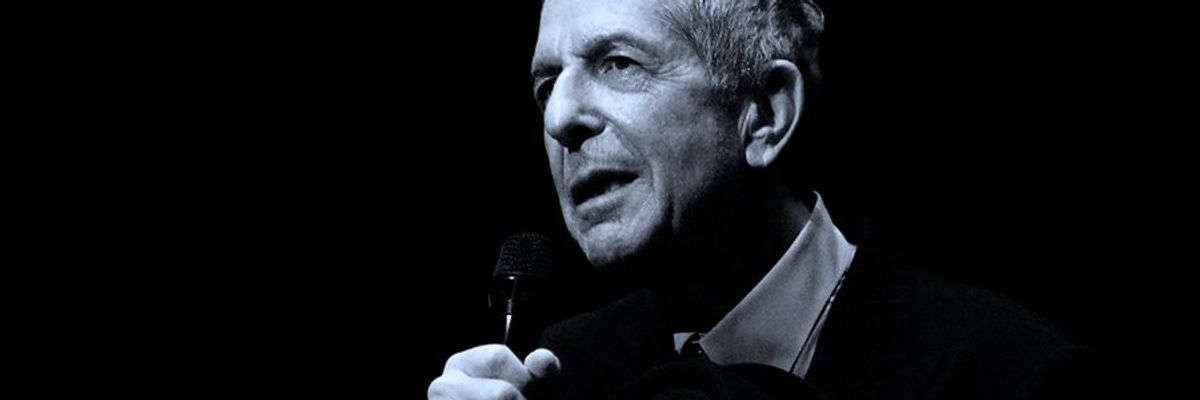From a distance, it looks like trainer Frank Matrisciano is meeting someone for a fight after school. Under playground monkey bars deep inside the Presidio, he stands solidly in tan hiking boots, black shorts, and a couple of oversized hoodies with pockets to stuff his hands into. It’s raining, and the park is quiet, except for his client, a former Raiderette struggling to complete her sixth set of pull-ups after a marathon of burpees and plyometric jumps. “Are you telling me that that’s all you got?” asks Matrisciano. “Keep going, dear. This is easy stuff. I want to see you prove yourself wrong.” She pulls her core in and just clears the bar when Matrisciano tells her she’s done. The second she hits the ground, a passing maintenance truck catches Matrisciano’s darting eyes, and he tracks it like a watchdog.
The man doesn’t want to be noticed—by other trainers, curious onlookers, or sports agents. But you wouldn’t know he was here anyway, not unless you were one of his clients who got the call telling you where to meet him (it changes every day). Not unless you asked every trainer, coach, and friend of a friend for his number. Not unless you spotted him egging on a couple of NBA draft and USF basketball players running up and down the sand dunes at SF’s beaches wearing 50-pound vests. The extra pounds make their large feet, used to skipping down shiny gym floors, sink deeply into the beach. Afterward, they hunch over, struggling to breathe.
Some last three minutes, others as much as 20. According to Matrisciano, seven out of ten never return for a second session. “I crush all their asses,” he says. “Whatever they do, I’ve done it faster and with more weight.” It’s a grueling workout that’s beat up Taylor Griffin of the Phoenix Suns and his brother, 2009’s No. 1 NBA pick Blake Griffin, who spent two summers in SF training with Matrisciano. “I remember the first day we came out here,” Blake Griffin told ESPN right before the LA Clippers picked him up as their star rookie, “and I remember waking up [the next day] and thinking, ‘Man, I don’t know if I can do this for two more months.’”
But he did and went on to make some of the sickest slam dunks and power drives during his first NBA season. Griffin’s been open about crediting Matrisciano’s chameleon training (almost always outside and with no equipment except for sandbags, logs, and heavy buckets), which has led to a cult following in the basketball world. Before the Griffins, the Orlando Magic’s Gilbert Arenas and Cleveland Cavaliers’ Leon Powe found their way to Matrisciano through their coaches and agents who thought their guys needed a completely different regimen, something that would set them apart.
“Frank really wants them to get better,” says USF men’s basketball coach Rex Walters, who has had several of his players scrimmage and run with the rising-star athletes, including Griffin, who submit to Matrisciano’s program. “He shows them how to fight through fatigue, understand what their wall is, and how to break through it. After he’s done with them, the game slows down for my guys. They get a much clearer picture of what’s happening on the court. And he does it because there’s no price tag for seeing a guy do something he thought he couldn’t do.”
Matrisciano is incredibly private—mostly because he doesn’t want agents, looking to make a deal with him by referring players, finding him. If there’s a camera around during training, he’ll cover his face with a neck gaiter. So the details on how he became basketball’s most sought-after trainer are scant. He’s in his mid-40s and lives alone in a one-bedroom apartment with little more than a bed, a few utensils, a TV, and a satellite dish somewhere above Market Street. He likes to keep his possessions to a minimum, often handing out like-new jackets from his closet to panhandlers in Union Square and basketballs to kids playing on Potrero Hill’s courts.
He grew up in northern New Jersey playing every sport available to him: basketball, baseball, football, hockey. In high school, a family friend asked him to help her fit into her wedding dress. In a few years, he had a full lineup of clients—college athlete friends, police officers, and a few pregnant women (with a modified regimen). If you talk to him long enough, he might let it slip that when he was 19, he worked with military personnel and through word of mouth, soldiers from the Gulf War started coming out to New Jersey to train with him.
Then in 2002, about the time Matrisciano moved to SF for the cool weather, his close, longtime friend, Washington Wizards president Ernie Grunfeld, mentioned that his son, Dan Grunfeld, was moving out to the Bay Area to play basketball for Stanford. Matrisciano had watched Grunfeld grow up, and offered himself up as the then-18-year-old’s biggest fan by attending all his Stanford games.
At the end of Grunfeld’s sophomore year, Matrisciano officially took him under his wing five days a week over a summer. “I’d wake up at 5 a.m., eat brown rice, chicken, olive oil, and Parmesan cheese, like he told me to, sleep for an hour, and then wake up to workout at the sand hills,” says Grunfeld. “Then we’d have lunch together, I’d nap, wake up, go to the gym with him to drill and shoot, and then finish with weight training at a playground in the afternoon. It was totally hard. People think he’s this crazy trainer, but he’s the opposite. He’s very sensitive to your body and how you’re feeling. He knows how hard to push you.”
By the end of his junior year, Grunfeld was the most improved Division 1 player in the country, rocketing from an average of 3.4 points a game to 17.9. Word about Grunfeld’s summer with Matrisciano soon spread, and the calls started coming in to train high school players, would-be draft picks, and professionals, as well as tennis players and Hollywood actresses getting ready for the Oscars. Then Grunfeld, at the height of his college career, tore his ACL, leaving him in rehab and off his feet for six months. “Frank would come over and play cards while I was stuck in bed to keep my spirits up,” says Grunfeld, who has gone on to play for the Knicks and now for the Israeli Basketball Super League’s Bnei Hasharon. “He’d say, ‘Nothing good comes from being negative, but nothing bad comes from being positive.’ That’s still something I think about and believe, especially after a bad game. … It’s like all he wants is to see you succeed.”
Which is why Matrisciano likes to spend most of his time with young athletes. “I see and hear from players all the time where they come from: drugs, abandoned homes, family members who aren’t there,” says Matrisciano, who is currently working on getting funding to build a boarding school in Northern California for troubled kids and gang members in the Bay Area. (The idea came about in the car one day with the Griffin brothers and Washington Wizards’ Hilton Armstrong, who suggested they call it the Find a Way Foundation.)
“All this physical training stuff I’m doing, so what? There’s nothing special about it,” says Matrisciano. “I’m more interested in the mental training, the training for life. You want to be in a position where you believe in your abilities. My passion is to build kids up so that whenever something gets hard and that little voice says you can’t do it, you know that you really can—if you want to.”



